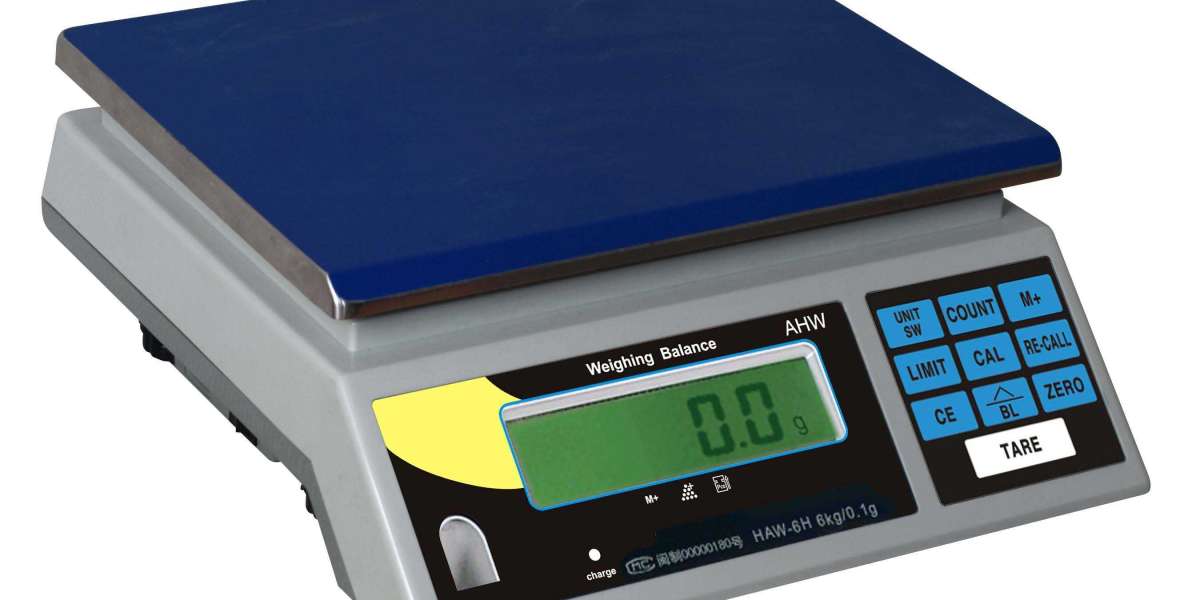Introduction The aluminum market has witnessed remarkable growth and resilience over the years, becoming a crucial player in numerous industries worldwide. This versatile metal's popularity stems from its lightweight nature, exceptional durability, and recyclability. In this article, we will delve into the current state of the aluminum market, exploring its global impact, key drivers, and emerging trends that are shaping its future.
Global Market Overview The global aluminum market has experienced consistent growth, primarily driven by increasing demand from sectors such as construction, automotive, packaging, and Aerospace Materials. The market's value surpassed $150 billion in 2021 and is projected to witness a compound annual growth rate (CAGR) of around 5% during the forecast period. China, the largest producer and consumer of aluminum, accounts for a significant share of the market, followed by regions like North America, Europe, and Asia-Pacific.
Key Drivers of Growth Several factors contribute to the expansion of the aluminum market. Firstly, the growing need for lightweight materials in the automotive industry to enhance fuel efficiency and reduce emissions has significantly bolstered aluminum demand. Secondly, the construction sector's rapid development, especially in emerging economies, drives the need for Bio-Based PET infrastructure solutions. Additionally, the packaging industry's shift towards sustainable and recyclable materials has led to an increased usage of aluminum.
Emerging Trends As the aluminum market evolves, certain trends are emerging that shape its future trajectory. One prominent trend is the focus on aluminum recycling and sustainability. With rising environmental consciousness, stakeholders across industries are embracing aluminum's recyclability, contributing to a more circular economy. Another trend is the increasing adoption of aluminum in electric vehicles (EVs), driven by the global push for greener transportation. Aluminum's lightweight and high-strength properties make it an ideal material for EV components, aiding in improved range and efficiency.
Challenges and Opportunities Despite its promising prospects, the aluminum market faces certain challenges. Fluctuating raw, Thermochromic Material costs, geopolitical tensions, and regulatory uncertainties pose risks to market stability. However, the ongoing advancements in production technologies, such as smelting and recycling processes, offer opportunities for cost optimization and improved environmental performance. Moreover, the surge in infrastructure development projects, particularly in emerging economies, presents a significant growth opportunity for the aluminum market.
Conclusion The aluminum market continues to thrive due to its inherent properties and widespread application across various industries. With a focus on sustainability, advancements in recycling practices, and the increasing demand for lightweight materials, aluminum is set to maintain its prominent position as a vital metal for the global economy.
Key Players
Alcoa Corporation (U.S.)
Rio Tinto (Australia)
RUSAL (Russia)
Norsk Hydro A.S.A. (Norway)
Dubai Aluminum Company Limited (U.A.E.)
Aluminum Bahrain B.S.C. (Bahrain)








